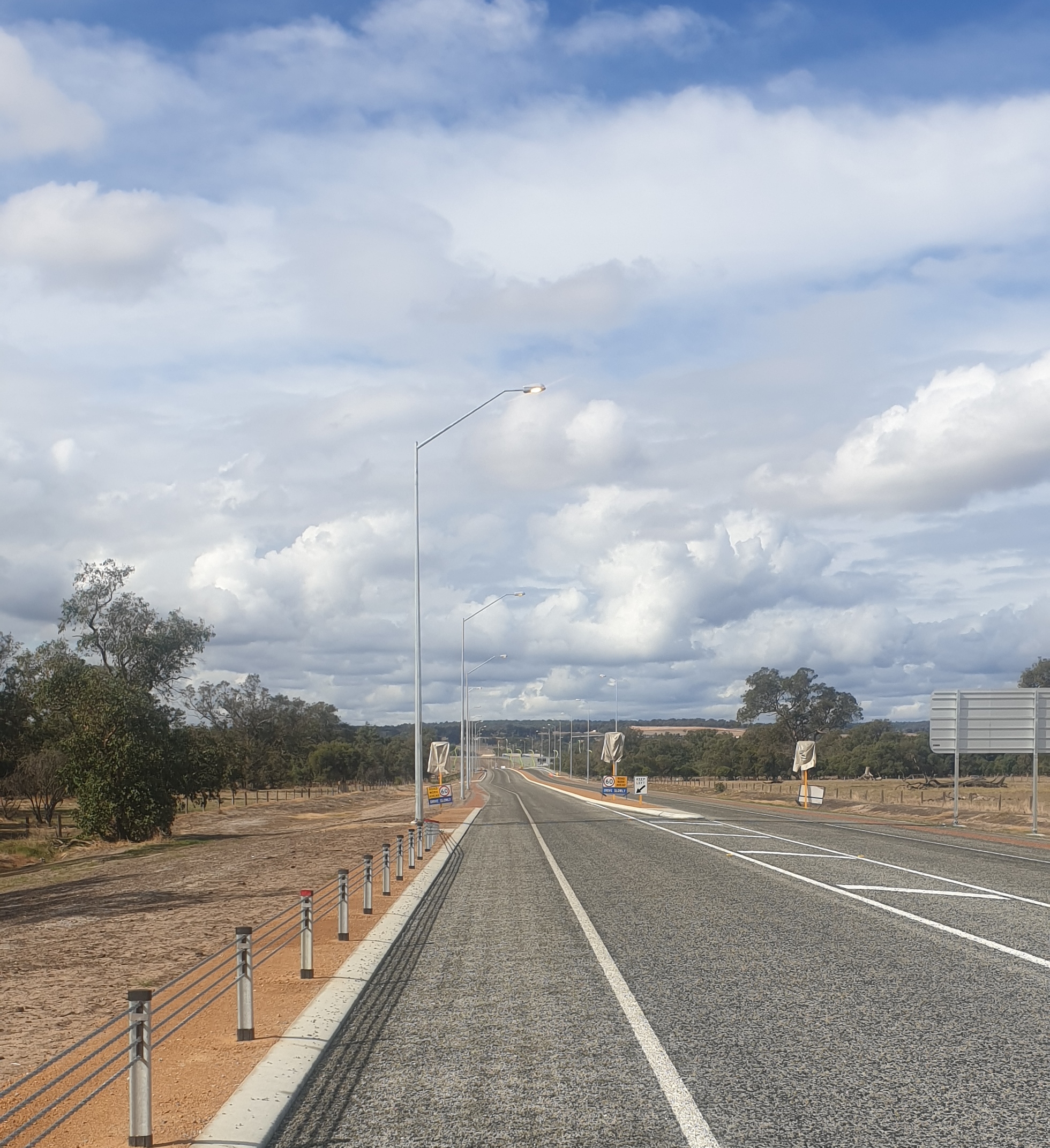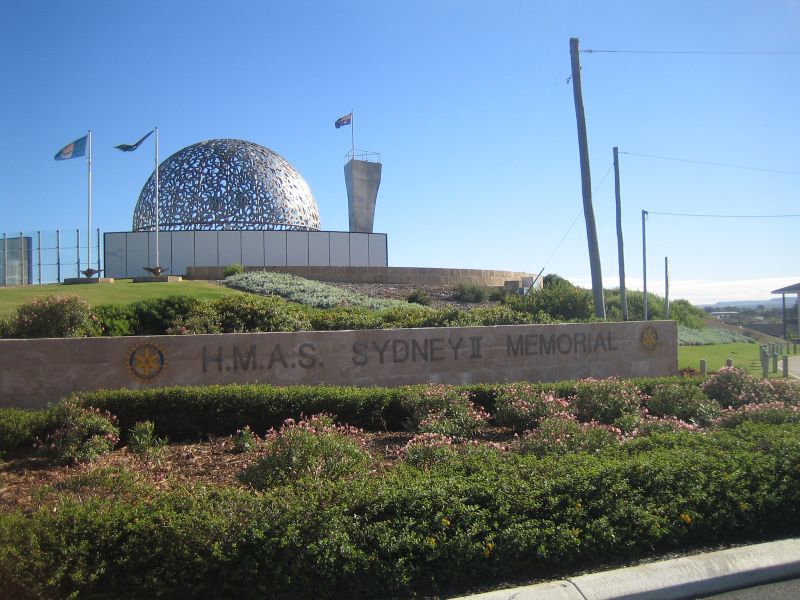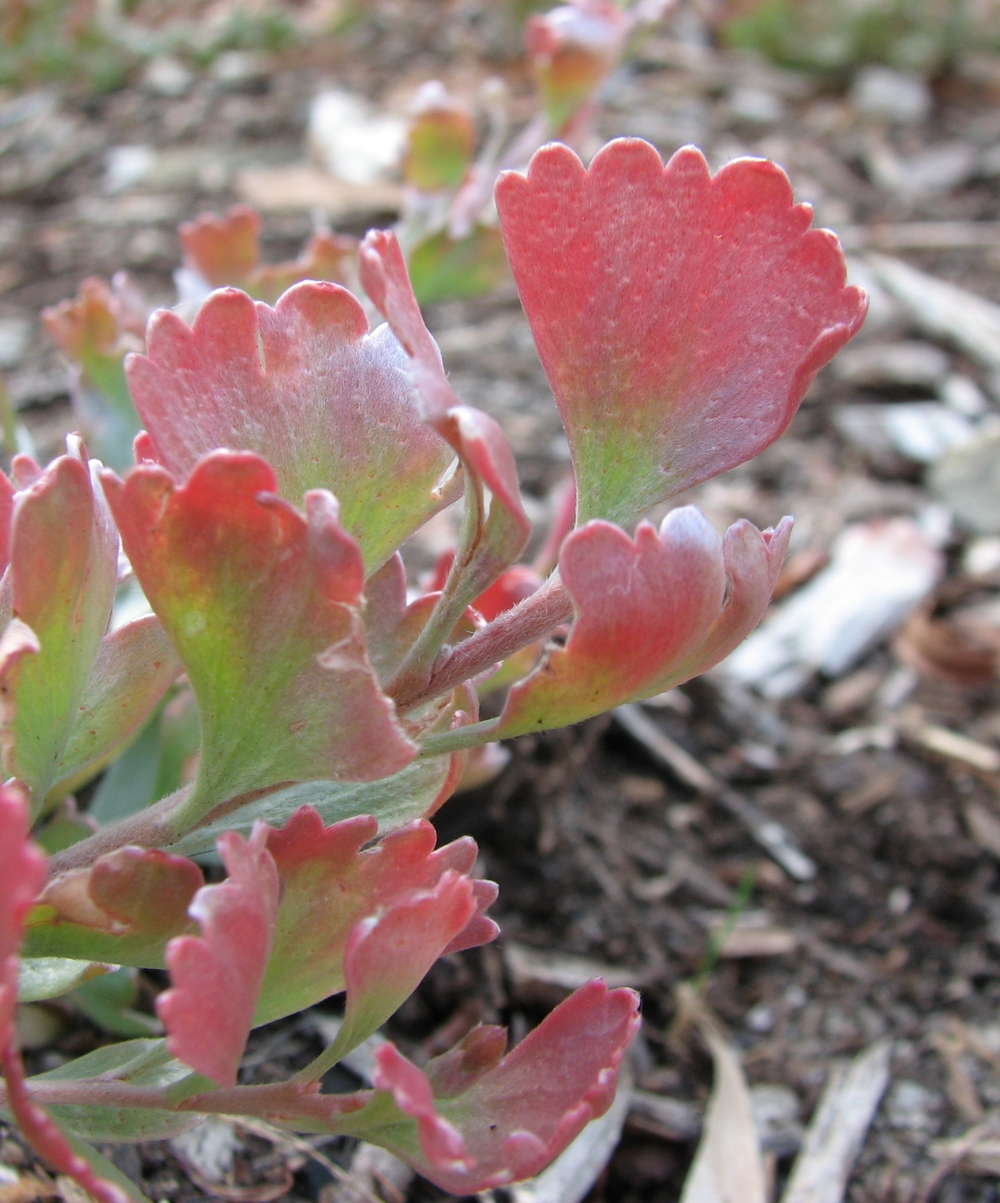|
Daviesia Chapmanii
''Daviesia chapmanii'' is a species of flowering plant in the family Fabaceae and is endemic to the south-west of Western Australia. It is a dense, compact, rounded shrub with sharply-ridged branches, densely crowded, sharply-pointed phyllodes, and pale yellow flowers with deep pink markings. Description ''Daviesia chapmanii'' is a dense, compact, rounded shrub that typically grows to high and wide, its branches with many sharp, longitudinal ridges. Its leaves are reduced to densely-crowded, oblong to triangular, sharply-pointed phyllodes mostly long and wide. The flowers are arranged in groups of up to four in leaf axils on a Peduncle (botany), peduncle long, each flower on a Pedicel (botany), pedicel long with many narrowly oblong bracts about long at the base. The sepals are long and joined at the base, the upper lobes joined for most of their length and the lower three triangular and about long. The flowers are pale yellow with deep pink markings, the Papilionaceous f ... [...More Info...] [...Related Items...] OR: [Wikipedia] [Google] [Baidu] |
Australian National Botanic Gardens
The Australian National Botanic Gardens (ANBG) is a heritage-listed botanical garden located in , Canberra, in the Australian Capital Territory, Australia. Established in 1949, the Gardens is administered by the Australian Government's Department of Agriculture, Water and the Environment. The botanic gardens was added to the Commonwealth Heritage List on 22 June 2004. The botanic gardens is the largest living collection of native Australian flora. The mission of the ANBG is to "study and promote Australia's flora". The gardens maintains a wide variety of botanical resources for researchers and cultivates native plants threatened in the wild. The herbarium code for the Australian National Botanic Gardens is ''CANB''. History When Canberra was being planned in the 1930s, the establishment of the gardens was recommended in a report in 1933 by the Advisory Council of Federal Capital Territory. In 1935, The Dickson Report set forth a framework for their development. A large site ... [...More Info...] [...Related Items...] OR: [Wikipedia] [Google] [Baidu] |
Brand Highway
Brand Highway is a main highway linking the northern outskirts of Perth to Geraldton in Western Australia. Together with North West Coastal Highway, it forms part of the Western Australian coastal link to the Northern Territory. The highway is a part of Australia's Highway 1, and is for the most part a single carriageway with one lane in each direction. The highway was completed in 1975 and opened in 1976 being named it in honour of former Premier of Western Australia Sir David Brand. It replaced the Midlands Road from Perth to Dongara. Route description The Brand Highway, along with the associated section of National Route 1, begins in Muchea, branching off from a roundabout interchange connecting it to both Great Northern Highway to the north and east and Tonkin Highway to the south. The highway passes through agricultural areas and shrublands, travelling through or near the towns of Gingin, Badgingarra (and Badgingarra National Park), Cataby, Eneabba, Donga ... [...More Info...] [...Related Items...] OR: [Wikipedia] [Google] [Baidu] |
Eudicots Of Western Australia
The eudicots, Eudicotidae, or eudicotyledons are a clade of flowering plants mainly characterized by having two seed leaves upon germination. The term derives from Dicotyledons. Traditionally they were called tricolpates or non- magnoliid dicots by previous authors. The botanical terms were introduced in 1991 by evolutionary botanist James A. Doyle and paleobotanist Carol L. Hotton to emphasize the later evolutionary divergence of tricolpate dicots from earlier, less specialized, dicots. Numerous familiar plants are eudicots, including many common food plants, trees, and ornamentals. Some common and familiar eudicots include sunflower, dandelion, forget-me-not, cabbage, apple, buttercup, maple, and macadamia. Most leafy trees of midlatitudes also belong to eudicots, with notable exceptions being magnolias and tulip trees which belong to magnoliids, and ''Ginkgo biloba'', which is not an angiosperm. Description The close relationships among flowering plants with tricolpat ... [...More Info...] [...Related Items...] OR: [Wikipedia] [Google] [Baidu] |
Daviesia
''Daviesia'', commonly known as bitter-peas, is a genus of about 130 species of flowering plants in the family Fabaceae, and is endemic to Australia. Plants in the genus ''Daviesia'' are shrubs or small trees with leaves modified as phyllodes or reduced to scales. The flowers are arranged singly or in groups, usually in leaf axils, the sepals joined at the base with five teeth, the petals usually yellowish with reddish markings and the fruit a pod. Description Plants in the genus ''Daviesia'' are shrubs or small trees with their leaves modified as phyllodes that are often sharply-pointed, or have leaves reduced to scales with the stems modified as cladodes. The flowers are usually arranged in leaf axils, either singly or in clusters or racemes with bracts sometimes present on the peduncles, pedicels or flowering stems. The sepals are joined at the base to form a bell-shaped tube with five teeth, the two upper teeth usually wider and the petals are usually yellowish with reddi ... [...More Info...] [...Related Items...] OR: [Wikipedia] [Google] [Baidu] |
Department Of Biodiversity, Conservation And Attractions (Western Australia)
The Department of Biodiversity, Conservation and Attractions (DBCA) is the Western Australian government department responsible for managing lands and waters described in the ''Conservation and Land Management Act 1984'', the ''Rottnest Island Authority Act 1987'', the ''Swan and Canning Rivers Management Act 2006'', the ''Botanic Gardens and Parks Authority Act 1998'', and the ''Zoological Parks Authority Act 2001'', and implementing the state's conservation and environment legislation and regulations. The Department reports to the Minister for Environment and the Minister for Tourism. DBCA was formed on 1 July 2017 by the merger of the Department of Parks and Wildlife (DPaW), the Botanic Gardens and Parks Authority, the Zoological Parks Authority and the Rottnest Island Authority. The former DPaW became the Parks and Wildlife Service. Status Parks and Wildlife Service The Formerly the Department of Parks and Wildlife, the Parks and Wildlife Service has management responsibi ... [...More Info...] [...Related Items...] OR: [Wikipedia] [Google] [Baidu] |
Geraldton Sandplains
Geraldton ( Wajarri: ''Jambinu'', Wilunyu: ''Jambinbirri'') is a coastal city in the Mid West region of the Australian state of Western Australia, north of the state capital, Perth. At June 2018, Geraldton had an urban population of 37,648. Estimated resident population, 30 June 2018. Geraldton is the seat of government for the City of Greater Geraldton, which also incorporates the town of Mullewa, Walkaway and large rural areas previously forming the shires of Greenough and Mullewa. The Port of Geraldton is a major west coast seaport. Geraldton is an important service and logistics centre for regional mining, fishing, wheat, sheep and tourism industries. History Aboriginal Clear evidence has established Aboriginal people living on the west coast of Australia for at least 40,000 years, though at present it is unclear when the first Aboriginal people reached the area around Geraldton. The original local Aboriginal people of Geraldton are the Amangu people, with the N ... [...More Info...] [...Related Items...] OR: [Wikipedia] [Google] [Baidu] |
Avon Wheatbelt
The Avon Wheatbelt is a bioregion in Western Australia. It has an area of . It is considered part of the larger Southwest Australia savanna ecoregion. Geography The Avon Wheatbelt bioregion is mostly a gently undulating landscape with low relief. It lies on the Yilgarn Craton, an ancient block of crystalline rock, which was uplifted in the Tertiary and dissected by rivers. The craton is overlain by laterite deposits, which in places have decomposed into yellow sandplains, particularly on low hills. Steep-sided erosional gullies, known as breakaways, are common. Beecham, Brett (2001). "Avon Wheatbelt 2 (AW2 - Re-juvenated Drainage subregion)" in ''A Biodiversity Audit of Western Australia’s 53 Biogeographical Subregions in 2002''. Department of Conservation and Land Management, Government of Western Australia, November 2001. Accessed 15 May 2022/ref> In the south and west (the Katanning subregion), streams are mostly perennial, and feed rivers which drain westwards to empty i ... [...More Info...] [...Related Items...] OR: [Wikipedia] [Google] [Baidu] |
Kwongan
Kwongan is plant community found in south-western Western Australia. The name is a Bibbelmun (Noongar) Aboriginal term of wide geographical use defined by Beard (1976) as Kwongan has replaced other terms applied by European botanists such as sand-heide (Diels 1906) or sand heath (Gardner 1942), giving priority to the language of people who have lived continuously in the southwest for more than 50,000 years. Recent archeological evidence shows occupation of the Kwongan for at least 25,500 years. Thus, kwongan has come again into common usage for the Southwest Australian Floristic Region's shrubland vegetation and associated countryside, equivalent to South Africa's fynbos, California's chaparral, France's maquis and Chile's matorral as seen in these other regions of the world experiencing a Mediterranean climate. Etymology To reflect contemporary orthographies, linguists strictly spell kwongan as (Douglas 1976, Dench 1994), or (von Brandenstein 1988). As with so many othe ... [...More Info...] [...Related Items...] OR: [Wikipedia] [Google] [Baidu] |
Binomial Nomenclature
In taxonomy, binomial nomenclature ("two-term naming system"), also called nomenclature ("two-name naming system") or binary nomenclature, is a formal system of naming species of living things by giving each a name composed of two parts, both of which use Latin grammatical forms, although they can be based on words from other languages. Such a name is called a binomial name (which may be shortened to just "binomial"), a binomen, name or a scientific name; more informally it is also historically called a Latin name. The first part of the name – the '' generic name'' – identifies the genus to which the species belongs, whereas the second part – the specific name or specific epithet – distinguishes the species within the genus. For example, modern humans belong to the genus '' Homo'' and within this genus to the species '' Homo sapiens''. '' Tyrannosaurus rex'' is likely the most widely known binomial. The ''formal'' introduction of this system of naming species is ... [...More Info...] [...Related Items...] OR: [Wikipedia] [Google] [Baidu] |





